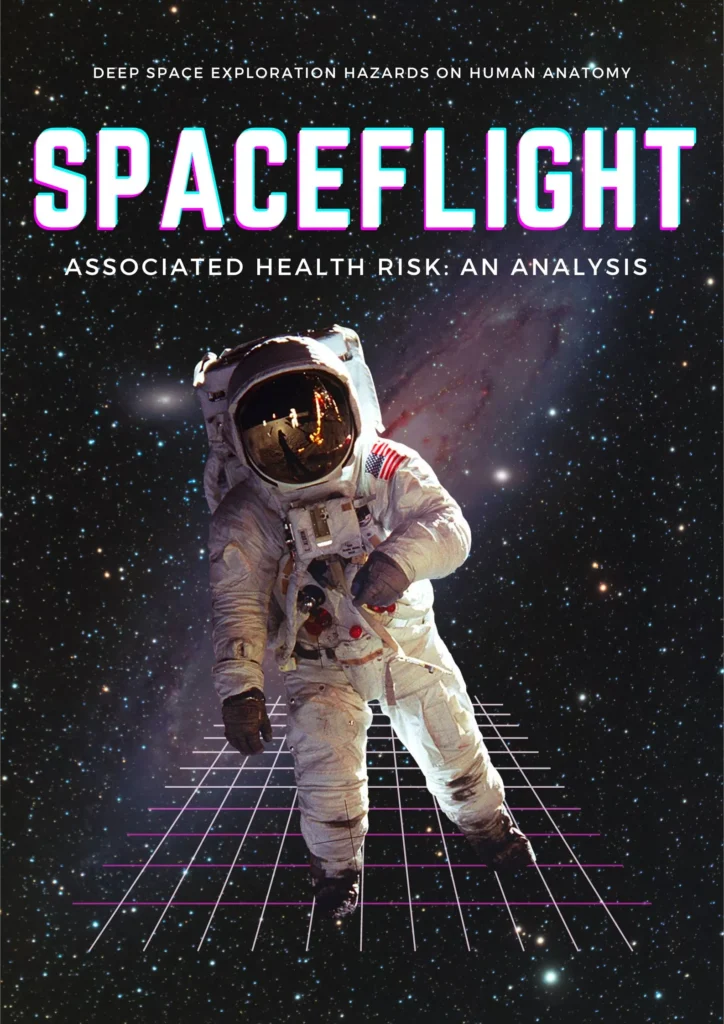
Spaceflight an Introduction
Spaceflight :This article discusses the rising interest in commercial space travel, in addition to recent high-profile NASA projects, raise questions about the long-term safety of space exploration
Spaceflight is an extremely adventurous endeavor with its associated risks and unique technical challenges. Like many others, I too dreamt of being an astronaut when I was younger. Inspired by a trip to the nearby Space Center in my schooling days, I imagined myself boldly going where no man had gone before. The Glitter of stars and the vastness of Sky always mesmerized me and intrigued me with a curiosity of exploring this subject and understanding it better .
But the fact is that I don’t particularly like heights, or flying, for that matter.But my curiosity and interest in all things to do with galaxies far, far away never faltered but grew more as I aged.
Gradually over a period of time I realized that the picture is not as rosy as we see or image in terms of a spaceflight. There are lots of health hazards associated with it and I particularly try to cover 2 specific health risk in this article related to spaceflight which affect the Astronauts, which the normal population may be unaware of.
Overall safety of the crew, their physical ,mental health and well being have to be ensured for any successful space mission. The challenges here are amplified further as technological advancements have helped a leap in exploration scope going further seep in Space.
If we summarize a short list of major health hazards of spaceflight then it will include
- Extreme High levels of damaging radiation
- Altered gravity effects
- Long periods of isolation and confinement
- A closed and potentially hostile living environment
- Stress associated with being a long distance from mother Earth.
Each of these hazards is associated with its own set of physiological and performance risks.
The effects of these hazards on the crew is not experienced independently, so it’s important to also consider their combined impact on human physiology and performance as a whole.
This “space hazard” is a cumulative framework ,the impact of which on the human body when combined with individual genetics, will usually shape the outcome of spaceflight on human health.The effects on the cardiovascular system are negative due to the very extreme environment in space.In such scenarios during space missions specific preventive measures to manage performance of cardiovascular health is needed.
In the coming years it is imperative to enable preventive cardiology for a safe spaceflight. For now since past 20+ years the spaceflight was limited to low Earth orbit onboard the International Space Station (ISS) where human being had there constant presence, but going forward in the future missions the scope will extend to other spacial and deep space objects like the moon, mars and many more to add to this list.
The harsh environmental conditions in space can negatively also affect the human cardiovascular system. Preventive cardiology will be as crucial in enabling safe space travel in the next few years.The human beings have been present in space for more than 2 decades in low Earth orbit aboard the ISS, the future missions will be destined to the Moon, Mars and so on. Evolution of Commercial flight has seen a rapid stride in recent time such that current senior people with existing cardiovascular risk factors will be exposed to space hazards. The statistic so far is 600 unique humans have been flown to space for a duration of upto 438 days.
Of these 600 people,
- The majority composed of male professional astronauts with an average age of 40
- 6 people had undergone a rigorous medical selection process.
This also confirms the fact that no human being has spent more than 878 days in space overall.
Thus, knowledge regarding the cardiovascular risks of spaceflight and the underlying molecular and cellular mechanisms is still very limited in terms of understanding and evaluation. The various Environmental challenges to the cardiovascular system in spaceflight are
- comprised altered gravity
- atmosphere conditions,
- radiation exposure,
- perturbed sleep and circadian rhythms, and
- psychological stresses imposed by confinement and isolation.
The report pokes holes in the idea that young people aren’t interested in news, a perception largely driven by statistics showing older audiences for television news and newspapers.
Heart disease risk in Astronauts
A Study on the health of Astronauts of Apollo spacecraft has given indication of the toll of deep space missions and its effects as damage to the blood vessels due to radiation.
A Starking finding has surfaced from the study on astronauts of the Apollo space mission which shows that the rate of cardiovascular related depths is 4 to 5 times higher in astronauts of the current generation as compared to astronauts who have taken missions of low earth orbits.
These findings indicate that the exposure to deep space flight thus has a possibility of inflicting longer lasting damage to a human cardiovascular system.
The data show that 45% of the Apollo astronauts died from cardiovascular illness, compared to only 9% of non-flight astronauts and 11% of low Earth orbit astronauts, despite the study’s obvious sample size limitations.
The data show that 45% of the Apollo astronauts died from cardiovascular illness, compared to only 9% of non-flight astronauts and 11% of low Earth orbit astronauts, despite the study’s obvious sample size limitations.
While most researchers argue that while there was no change in the rate when it was compared to the general population, this is most likely because astronauts are extremely fit and healthy, whereas the general public has a wide range of illnesses that could raise their risk of cardiovascular disease.
perhaps the fact that we are continually examining and comparing [astronauts with] a general population, which might contribute to the fact that this cardiovascular effect has never been discovered.
The researchers subjected mice to circumstances that mimicked weightlessness as well as the radiation encountered in deep space in order to investigate whether deep space radiation would be the cause of their findings.
Prior research had shown that both radiation and weightlessness could, in the near term, harm the mice’s blood vessels, so the scientists waited roughly 20 years to examine the effects.
The findings showed that while weightlessness had no long-term detrimental effects on the cardiovascular system, radiation did. It was discovered that radiation-exposed mice had blood vessel lining cell damage, which could raise the risk of cardiovascular disease.
Cancer risk in Astronauts
The risk of cancer associated increases while on a spaceflight as we leave the earth’s protective magnetic field which shields from space radiation.
Scientists are of the opinion that a long-term deep-space mission radiation exposure would not only affect already damaged cells but also healthy ones nearby, exponentially increasing the risk of cancer.
Past research suggests there are varied health risk associated with deep spaceflight like
- cancer
- cataracts
- acute radiation syndromes,
- circulation problems of central nervous system
Deep spaceflight with high intensity cosmic ray exposure which is a hazardous radiation can lead to significant cell damage.
Usually radiation induced cancers are majorly caused by damage in DNA and mutations related to it. A study risk model which typically analyzes this impact which is also a reference used by NASA assumes the above theory to be the primary reason.However since these models are based on much shorter travel durations as compared to a Mars or similar longer mission there would be a need for more enhanced and detailed study.
The new study on a similar topic published online in Scientific Reports, mentions that on a longer mission into deep space, the risk of cancer would be such that it will impact the healthy cells that are near already infected ones.
Spaceflight related cosmic ray exposure can severely infect a cell’s nucleus and cause unexpected mutations that can result in formation of cancers.These damaged cells then also impact the healthy cells into mutation mode which causes an increase of tumors or cancers.
Although more study of long-term exposure to cosmic rays is needed before astronauts venture into deep space safely.
Conclusion
With just over a decade left before a group of curious enthusiastic space explorers will set to embark on the first trip to set foot on the Red Planet, I have my fingers crossed in anticipation that we can address the space safety issues and keep the brains and hearts in good enough shape to get our beloved astronauts and space explorers back safely to mother earth.
Further reading can also be referred to this article from Space related url.
